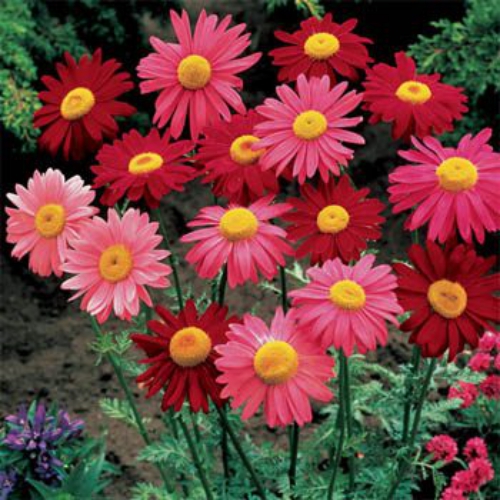
The first recorded modern practice of permaculture as a systematic method was by Austrian farmer Sepp Holzer in the 1960s, but the method was scientifically developed by Australians Bill Mollison and David Holmgren and their associates during the 1970s in a series of publications.
The word permaculture is described by Mollison as a portmanteau of permanent agriculture, and permanent culture.
The intent is that, by training individuals in a core set of design principles, those individuals can design their own environments and build increasingly self-sufficient human settlements — ones that reduce society's reliance on industrial systems of production and distribution that Mollison identified as fundamentally and systematically destroying Earth's ecosystems.(Wikipedia) http://en.wikipedia.org/wiki/Permaculture
There are terms in permaculture: permaculture principles and permaculture ethics. (The ethics are sometimes referred to as principles as well). I'll try and keep them separate. The ethics of permaculture are at the centre of permaculture philosophy and are broad guidelines of how we should behave towards the earth and towards each other. The permaculture principles, or permaculture design principles, are the guidelines that you follow when you design a permaculture garden or bigger permaculture system.
Principles of Permaculture – The Ethics
These are the three basic ethics at the core of permaculture and are fairly simple and so don't need much explanation:
They are of the earth: in everyday language you probably more often hear "protect or save the environment". It means the same thing basically: using renewable resources, recycling, minimising waste, building up soils rather than depleting them, conserving water and so on. Anybody who aims to do that is following that first permaculture principle or ethic.
Care of the people: this means really that you should simply look after yourself and after others. Health and well-being are very important, so to are learning, a sense of belonging, communication, trust and above all respect. All people should have access to what they need to live a safe and healthy life.
Fair share: it's what your mum tried to teach you all those years ago. Only take what you need and share the rest. This permaculture ethic focuses on things like co-operation, networking, contributing to the community and on distributing resources and wealth.
But it also looks at the reduction of consumerism and requires you to rethink your current ideas about growth and development. Sometimes this principle is written as "accepting limits to population and consumption". We can't go on consuming like we do without putting more thought into where things come from, and how we can produce them sustainably, so they will still be available tomorrow.
Permaculture teaches us how to observe nature, to understand our environment and so become more ecologically aware and responsible. The philosophy behind permaculture also looks at the global context, it is a big vision. Conservation, careful energy accounting, reducing waste, using "green" resources, recycling, but also a healthy lifestyle, pure and fresh food, clean water and a clean environment to live in... It's all part of permaculture, either as part of the design or as a result of the design.
But the three ethics do not immediately convey the main focus of permaculture: the focus always was and still is on sustainable food production. Permaculture principles are the result of the observation of natural systems. They outline how things work in nature, and how you can apply that to your design. They also tie in with the three ethics listed above.








